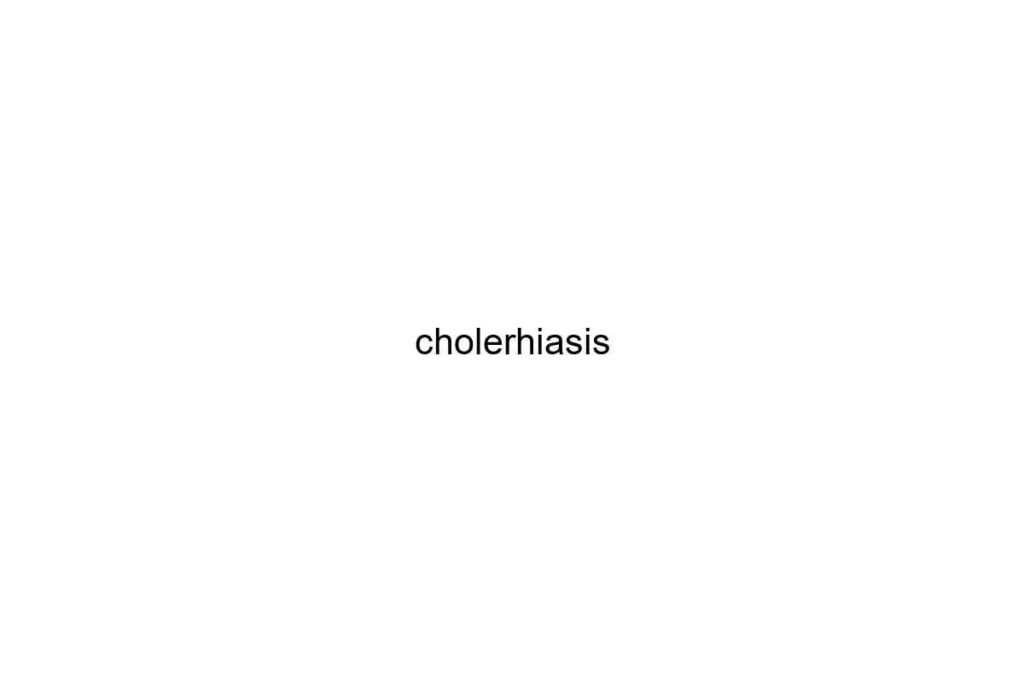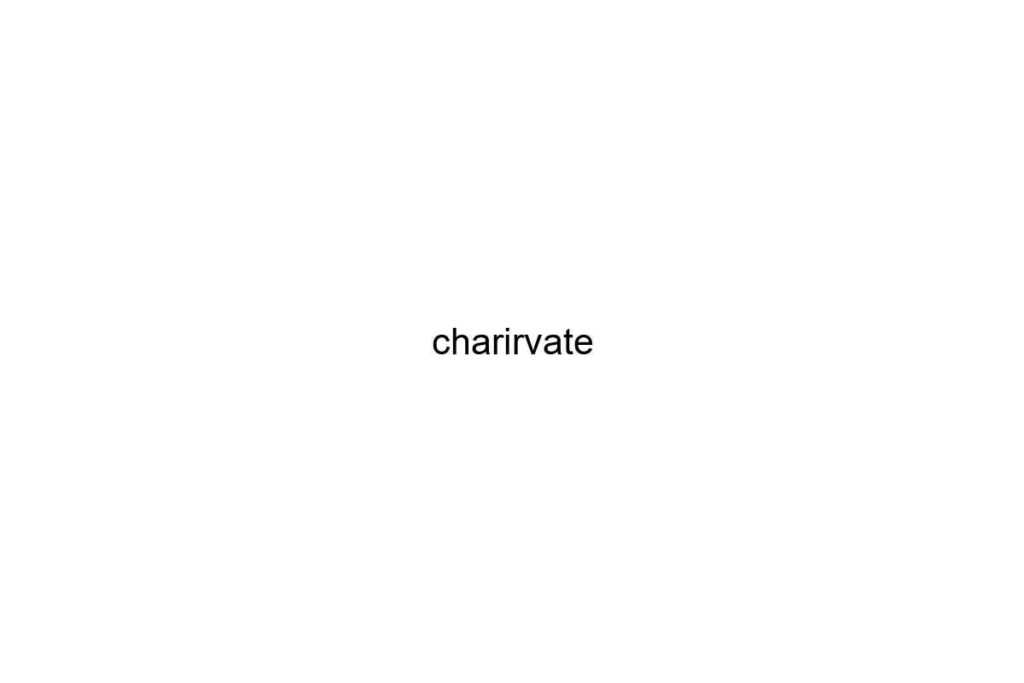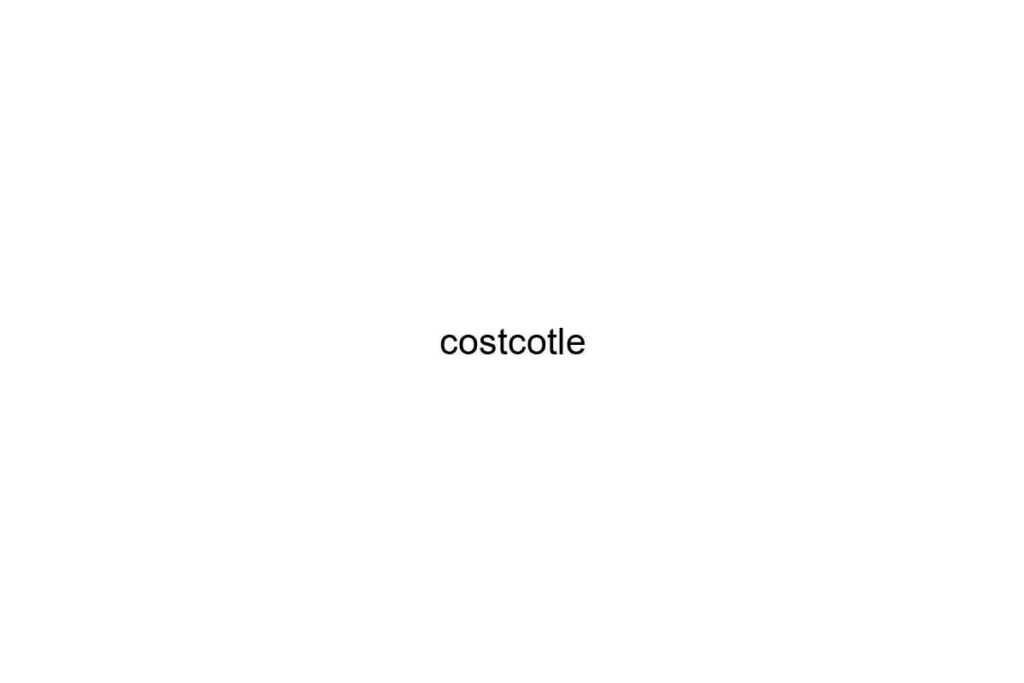Cholerhiasis, commonly known as gallstones, can be a painful and often surprising diagnosis. I’ve seen firsthand how this condition can impact daily life, causing discomfort and uncertainty. Understanding what gallstones are, their causes, and the symptoms they produce is crucial for anyone looking to maintain their digestive health.
In my exploration of Cholerhiasis, I’ve uncovered the various types of gallstones and the risk factors that contribute to their formation. Whether you’re experiencing symptoms or just curious about the condition, gaining insight into gallstones can empower you to make informed decisions about your health. Let’s dive deeper into this topic and unravel the mysteries of Cholerhiasis together.
Understanding Cholerhiasis
Cholerhiasis, commonly known as gallstones, represents a significant aspect of digestive health. Understanding its definition, types, causes, and symptoms is essential for making informed health decisions.
Definition and Overview
Cholerhiasis refers to the formation of solid stones within the gallbladder, primarily made of cholesterol or bilirubin. These stones may vary in size, ranging from a grain of sand to a golf ball. Gallstones can block the bile ducts, leading to pain and digestive issues. Symptoms often include sudden upper abdominal pain, nausea, and vomiting, depending on the severity of the blockage.
Types of Cholerhiasis
Cholerhiasis typically consists of two main types:
- Cholesterol Gallstones
- Cholesterol gallstones make up about 80% of all cases.
- They form when there’s excess cholesterol in the bile.
- Pigment Gallstones
- Pigment gallstones account for approximately 20% of cases.
- These stones are darker and arise from excess bilirubin, often linked to liver or blood disorders.
Understanding these types is crucial for identifying potential treatment options and managing symptoms effectively.
Causes and Risk Factors
Cholerhiasis stems from various causes and risk factors that contribute to gallstone formation. Understanding these factors aids in prevention and management.
Genetic Predisposition
Genetic predisposition plays a significant role in gallstone formation. Family history increases the likelihood of developing Cholerhiasis. Individuals with a parent or sibling diagnosed with gallstones face a higher risk. Specific genetic factors, such as mutations in the ABCG5 and ABCG8 genes, affect cholesterol metabolism, leading to increased cholesterol levels in bile. This genetic variation can heighten susceptibility to cholesterol gallstones.
Dietary Influences
Dietary influences substantially impact gallstone development. High-fat diets, particularly those rich in saturated fats, elevate cholesterol levels in bile, increasing the risk of cholesterol gallstones. Low-fiber diets contribute to gallstone formation by slowing bile flow. Additionally, rapid weight loss can cause the liver to release excess cholesterol into bile, raising the formation risk of gallstones. Consuming a balanced diet, including healthy fats and fiber, can mitigate these risks, promoting overall digestive health.
Symptoms and Diagnosis
Cholerhiasis presents with a variety of symptoms, which can range from mild to severe. Recognizing these symptoms aids in early diagnosis and effective management.
Common Symptoms
- Sudden Upper Abdominal Pain: Sudden, intense pain typically occurs in the right upper quadrant, often radiating to the shoulder or back. This pain may last from a few minutes to several hours.
- Nausea: Nausea frequently accompanies abdominal pain, often escalating during episodes of severe discomfort.
- Vomiting: Vomiting usually follows nausea and may exacerbate dehydration, particularly during acute attacks.
- Bloating: Bloating may occur after eating, particularly following meals high in fat, indicating digestive distress.
- Indigestion: Indigestion may manifest as discomfort or a feeling of fullness after eating, often disrupting normal digestive functions.
- Jaundice: Jaundice, characterized by a yellowing of the skin and eyes, occurs when a gallstone obstructs the bile duct, preventing bile from reaching the intestine.
Diagnostic Tests
- Ultrasound: Ultrasound serves as the primary diagnostic tool for Cholerhiasis, providing images of the gallbladder to identify stones.
- CT Scan: A CT scan offers a highly detailed view of the abdominal organs, confirming the presence of gallstones and evaluating complications.
- MRI: Magnetic resonance imaging (MRI) further aids diagnosis, particularly in detecting gallstones within the bile ducts.
- HIDA Scan: The hepatobiliary iminodiacetic acid (HIDA) scan assesses gallbladder function, measuring how well the gallbladder takes up a radioactive tracer injected into a vein.
- X-ray: Though less commonly used for gallstones, X-rays may identify certain types of gallstones due to their mineral content.
Each of these tests contributes valuable information, ensuring accurate diagnosis and guiding appropriate treatment strategies for Cholerhiasis.
Treatment Options
Multiple treatment options exist for managing Cholerhiasis, ranging from medical management to surgical interventions, depending on symptoms and gallstone characteristics.
Medical Management
Medical management focuses on alleviating pain and managing symptoms. Healthcare providers often recommend lifestyle modifications such as adopting a low-fat, high-fiber diet to reduce gallstone formation. Medications such as ursodeoxycholic acid can dissolve cholesterol gallstones, but this process can take months or years and is effective primarily for small stones. Pain management strategies, including over-the-counter pain relievers, can help during acute episodes. Regular monitoring is essential to assess stone progression and avoid complications.
Surgical Interventions
Surgical interventions are typically necessary for cases with severe symptoms or complications. Cholecystectomy, the surgical removal of the gallbladder, remains the most common procedure, performed either laparoscopically or through open surgery. Laparoscopic cholecystectomy offers benefits such as reduced recovery time and minimal scarring, making it the preferred choice when feasible. In cases where stones are lodged in the bile ducts, endoscopic retrograde cholangiopancreatography (ERCP) may be employed to remove the stones prior to cholecystectomy. Each surgical option provides effective relief from symptoms and minimizes the risk of future complications associated with gallstones.
Prevention and Lifestyle Changes
Preventing Cholerhiasis involves making strategic dietary choices and adopting healthy lifestyle habits. These changes can significantly reduce the risk of gallstone formation.
Dietary Recommendations
- Increase fiber intake: I focus on consuming whole grains, fruits, and vegetables. High-fiber diets promote regular digestion and may lower gallstone risk.
- Limit saturated fats: I choose lean proteins and healthy fats, such as those from fish and nuts. Reducing saturated fats from red meat and full-fat dairy can improve bile health.
- Stay hydrated: I prioritize drinking water throughout the day. Proper hydration helps maintain bile consistency, which may prevent stone formation.
- Incorporate healthy fats: I include sources of unsaturated fats, like olive oil and avocados. These fats can assist in normal bile production, reducing gallstone risk.
- Maintain a balanced diet: I avoid extreme dieting and focus on a nutritious diet that includes a variety of food groups. Regular consumption of healthy foods can support overall digestive health.
Lifestyle Modifications
- Engage in regular physical activity: I incorporate exercise into my routine for at least 150 minutes per week. Regular physical activity helps maintain a healthy weight and supports digestive health.
- Maintain a healthy weight: I aim for a well-balanced weight, avoiding rapid weight loss. Gradual weight loss through healthy eating and exercise can lower gallstone risk.
- Avoid fasting: I steer clear of prolonged fasting periods. Eating regular meals ensures consistent bile flow and reduces the chances of stone formation.
- Limit processed foods: I reduce my intake of processed and sugary foods. These foods can contribute to weight gain and negatively impact gallbladder function.
- Manage stress: I practice stress-reducing techniques, such as yoga or meditation. Stress management contributes to overall well-being and can positively affect digestive health.
Conclusion
Understanding Cholerhiasis is key to managing its impact on daily life. By recognizing the types of gallstones and their symptoms I can take proactive steps toward maintaining my digestive health.
Making informed dietary choices and adopting a healthy lifestyle not only helps in preventing gallstones but also enhances overall well-being. If I experience symptoms or risk factors associated with gallstones it’s important to consult a healthcare professional for proper diagnosis and treatment options.
With the right knowledge and actions I can effectively navigate the challenges posed by gallstones and lead a healthier life.
Frequently Asked Questions
What are Cholerhiasis and gallstones?
Cholerhiasis, commonly known as gallstones, refers to the formation of solid stones in the gallbladder. These stones are primarily made of cholesterol or bilirubin and can lead to painful symptoms by blocking bile ducts, affecting digestion.
What are the types of gallstones?
There are two main types of gallstones: cholesterol gallstones, which account for about 80% of cases and form from excess cholesterol; and pigment gallstones, making up around 20%, which arise from excess bilirubin, often linked to liver or blood disorders.
What are the common symptoms of gallstones?
Common symptoms of gallstones include sudden upper abdominal pain, nausea, vomiting, bloating, indigestion, and jaundice. Severe cases may involve complications, prompting the need for medical attention.
What causes gallstone formation?
Gallstone formation can be influenced by genetic factors, dietary choices, and rapid weight loss. High-fat, low-fiber diets and a family history of gallstones can significantly increase the risk of developing Cholerhiasis.
How are gallstones diagnosed?
Diagnosis of gallstones typically involves imaging tests such as ultrasound, CT scans, MRI, HIDA scans, or X-rays. These tests help provide critical information for accurate diagnosis and treatment planning.
What are the treatment options for gallstones?
Treatment for gallstones ranges from lifestyle modifications and medications to surgical interventions like cholecystectomy. The choice of treatment depends on the severity of symptoms and characteristics of the gallstones.
How can I prevent gallstone formation?
To prevent gallstones, it’s essential to maintain a balanced diet high in fiber and healthy fats, stay hydrated, engage in regular physical activity, and manage weight. Avoid fasting and limit processed foods to promote digestive health.



